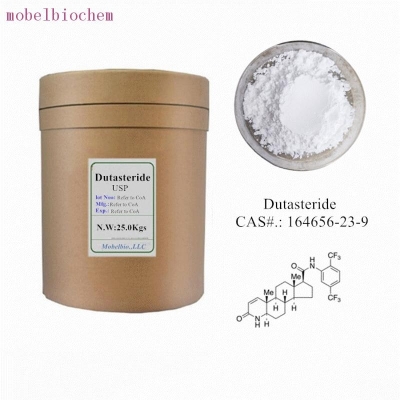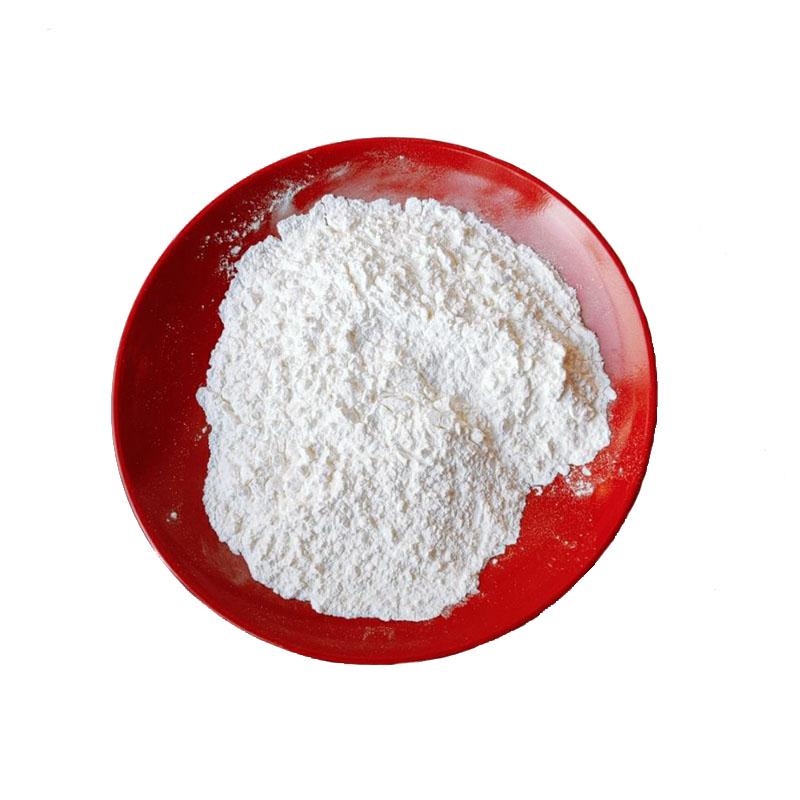-
Categories
-
Pharmaceutical Intermediates
-
Active Pharmaceutical Ingredients
-
Food Additives
- Industrial Coatings
- Agrochemicals
- Dyes and Pigments
- Surfactant
- Flavors and Fragrances
- Chemical Reagents
- Catalyst and Auxiliary
- Natural Products
- Inorganic Chemistry
-
Organic Chemistry
-
Biochemical Engineering
- Analytical Chemistry
-
Cosmetic Ingredient
- Water Treatment Chemical
-
Pharmaceutical Intermediates
Promotion
ECHEMI Mall
Wholesale
Weekly Price
Exhibition
News
-
Trade Service
*For medical professionals only
Dietary adjustments are suitable for all patients with gastroparesis, come and see~
Gastroparesis refers to a clinical syndrome of delayed gastric emptying in the absence of mechanical intestinal obstruction, and its typical clinical symptoms include: nausea, vomiting, postprandial fullness, early satiety, epigastric discomfort or dull pain, abdominal distension, anorexia, etc.
, and patients with diabetes may have abnormal
blood glucose.
Gastroparesis is divided into: idiopathic gastroparesis, diabetic gastroparesis and postoperative gastroparesis
.
Globally, the overall prevalence of gastroparesis symptoms (nausea and/or vomiting ≥ one day/week with postprandial discomfort) is approximately 0.
9 percent and 1.
3 percent in patients with diabetes mellitus [1].
During the European Digestive Disease Week (UEGW) 2022, Professor Stine Störsrud from the University of Gothenburg, Sweden, presented dietary recommendations
for patients with gastroparesis.
"Medical Circle" specially invited Dr.
Xi Mingjia from the Department of Gastroenterology, West China Hospital of Sichuan University to bring us wonderful conference reports
.
Reducing food particle size can help reduce symptoms of gastroparesis and blood sugar control
In a study by Eva A.
Olausson et al.
[2], large particles (LP) and small particles (SP) were given to patients with type 1 diabetes mellitus (N=7) and normal subjects (N=7), respectively.
Postprandial gastric emptying rate and postprandial blood glucose levels
were monitored.
The food in both groups contains 25%-30% of total energy and is rich in dietary fiber
.
.
A randomized controlled study by Eva A.
Olausson et al.
[3] included 56 insulin-treated patients with diabetes mellitus and gastroparesis, randomly divided into two groups and given a small-grain diet (experimental group N = 28) and a conventional diabetes diet (control group N = 28).
After 20 weeks of intervention, gastroparesis symptoms such as nausea/vomiting (P=0.
01), postprandial fullness (P=0.
02) and bloating (P=0.
006) were significantly reduced in patients who ate small particles compared with patients on a regular diabetic diet.
In addition, eating small particles of food can help reduce reflux/heartburn (P = 0.
02) symptoms
.
Although fat intake was increased in the small grain food group, there was no significant difference
in body weight, glycated hemoglobin levels, and other nutrient intake compared with the regular diabetes diet group.
A low-fat liquid diet can help reduce symptoms of gastroparesis
J.
HOMKO ET AL.
[4] INCLUDED PATIENTS WITH IDIOPATHIC GASTROPARESIS (N=9) AND DIABETIC GASTROPARESIS (N=3) TO INVESTIGATE THE EFFECTS OF DIETARY FAT CONTENT AND FOOD PROPERTIES (SOLIDS/LIQUIDS) ON SYMPTOMS OF GASTROPARESIS
。
The results showed that the severity of gastroparesis symptoms in patients after eating different foods was ranked from high to low: high-fat solid food, low-fat solid food, high-fat liquid food, and low-fat liquid food
.
Therefore, researchers recommend that patients with gastroparesis eat a low-fat diet of liquid foods
.
CarolinaC.
Betônico et al.
[5] investigated glycemic control and the severity of gastroparesis symptoms in patients with type 1 diabetes mellitus (N=6) who used insulin to control blood sugar, respectively, after eating a modified liquid diet (MD) and a standard diet (SD).
。
The study found that after eating liquid food, patients' blood sugar rose within 2 hours after a meal, and basically returned to normal levels within 4 hours after a meal, and the increase in blood sugar was also lower than after
a standard diet.
In addition, after eating liquid foods, patients also have a significant reduction
in symptoms related to gastroparesis.
To summarize, we have previously recommended that patients with gastroparesis avoid eating too many calories in a meal, foods high in fiber, and foods that cause significant symptoms
.
However, Professor Stine Störsrud suggests that patients with gastroparesis should eat small, frequent meals, eat small particles containing dietary fiber in moderation, and improve food tolerance by changing the nature of the food (such as replacing rice, beans and apples with porridge, bean soup and apple puree) to ensure adequate nutritional intake
.
Expert reviews
The incidence of gastroparesis is gradually increasing, the most common cause is still diabetes, about 30%~50% of diabetic patients are accompanied by gastroparesis, diabetic gastroparesis and blood sugar control are directly related, therefore, blood sugar control is still the key to treatment, on this basis, it is also necessary to guide patients to do a good job of diet regulation and nutritional balance
.
Dietary modification is the first-line treatment for gastroparesis and is indicated in all patients with
gastroparesis.
Dietary management of gastroparesis should include eating small, frequent meals and recommending a small-grain, low-fat, easy-to-digest liquid diet
.
A small-grain diet is beneficial for symptomatic relief and gastric emptying, while avoiding the occurrence
of postprandial hypoglycemia.
A liquid diet improves symptoms of gastroparesis without significantly raising postprandial blood glucose
.
For patients with gastroparesis, a sensible, individualized diet is essential
.
Deng Kai
Associate Professor/Deputy Chief Physician, Department of Gastroenterology, West China Hospital of Sichuan University
After graduating from Peking University Health Science Center, he worked in the Department of Gastroenterology, West China Hospital of Sichuan University, engaged in clinical, teaching and scientific research of digestive diseases, focusing on the mechanism of early gastrointestinal cancer and subspecialties related to diagnosis and treatment
.Preside over national, provincial and ministerial scientific research projects; He has published more than 20 SCI papers, including many papers published in well-known journals in this field (Gastroenterology, Hepatology, Am J Gastroentero, etc.
); He has won a number of provincial and ministerial awards
.He is currently a member of the Helicobacter pylori group of gastroenterology of the Chinese Medical Association, the deputy head of the tumor endoscopic esophageal cancer group of the Chinese Anti-Cancer Association, and the vice chairman of the digestive endoscopy youth committee of the Sichuan Medical Association
.
Zhang Xian
Postdoctoral fellow in West China Department of Gastroenterology/Pathology, Sichuan University, eight-year clinical doctorate
Graduated from West China Clinical Medical College of Sichuan University with an eight-year clinical program, he is currently working in West China Hospital of Sichuan University and West China Joint Research Center of Gastrointestinal Tumors of Sichuan University-West China Oxford University, focusing on pathological diagnosis and basic research
of digestive tract tumors.He has published many SCI papers as the first author and co-first author
.
Where can I see more clinical knowledge about endocrinology?
Come to the "Doctor Station" and take a look 👇
References:
[1] Huang IH, Schol J, Khatun R, et al.
Worldwide prevalence and burden of gastroparesis-like symptoms as defined by the United European Gastroenterology (UEG) and European Society for Neurogastroenterology and Motility (ESNM) consensus on gastroparesis.
United European Gastroenterol J.
2022; 10(8):888-897.
[2] Olausson EA, Alpsten M, Larsson A, Mattsson H, Andersson H, Attvall S.
Small particle size of a solid meal increases gastric emptying and late postprandial glycaemic response in diabetic subjects with gastroparesis.
Diabetes Res Clin Pract.
2008; 80(2):231-237.
[3] Olausson EA, Störsrud S, Grundin H, Isaksson M, Attvall S, Simrén M.
A small particle size diet reduces upper gastrointestinal symptoms in patients with diabetic gastroparesis: a randomized controlled trial.
Am J Gastroenterol.
2014; 109(3):375-385.
[4] Homko CJ, Duffy F, Friedenberg FK, Boden G, Parkman HP.
Effect of dietary fat and food consistency on gastroparesis symptoms in patients with gastroparesis.
Neurogastroenterol Motil.
2015; 27(4):501-508.
[5] Betônico, C.
C.
, Cobello, A.
V.
, Santos-Bezerra, D.
P.
et al.
Diet consistency modification improves postprandial glycemic and gastroparesis symptoms.
J Diabetes Metab Disord.
2022.







